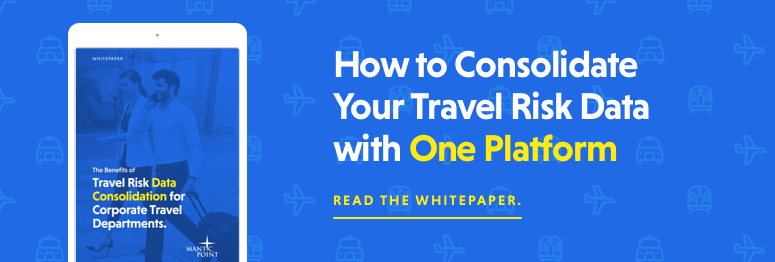The Impact Of AI Models On The Future Of Business Intelligence Reporting In The Business Travel Sector
Posted by Mike Atherton on 17 February, 2023

In recent years, the business travel sector has experienced significant challenges, with all businesses looking for new ways to optimize travel programs and stay ahead of the competition. One area that has seen significant focus is the use of business intelligence reporting tools. With the advances in AI models and the availability of travel data, some are now questioning the role of traditional business reporting.
Interactive AI query tools and traditional reporting tools are both used to extract insights from data, but there are some key differences between the two:
1. Interactivity
Interactive AI query tools allow users to interact with both structured and unstructured data often in real-time, making it easier to explore and understand key insights. Users can ask natural language questions, make changes, and see the results immediately, which makes the process of exploring and understanding the data more efficient. Traditional reporting tools, on the other hand, typically provide pre-configured reports that cannot be easily changed by non-expert users.
2. Speed
Interactive AI models can often process large amounts of data in real-time, making it possible to quickly answer complex questions. This is because they use AI and machine learning algorithms to analyze the data. Traditional reporting tools can also handle large amounts of data, but they often require manual processes and can be slower in comparison.
3. Flexibility
Interactive AI query tools are highly flexible, allowing users to ask questions in natural language and receive results in a format that is easy to understand. This makes it easier for non-technical users to extract insights from the data. Traditional reporting tools may also provide insights, but they often require technical knowledge to use, and the output may be less accessible to non-technical users.
4. Customization
Fine-tuning AI tools can provide customization to fit the specific needs of a business. For example, they can be trained to recognize specific terms and recognize relationships between different data elements. Traditional reporting tools can also be customized, but the process can be more complex and time-consuming.
So, the integration of AI models in business intelligence reporting tools will offer a more dynamic and flexible way to extract insights from data. They are set to revolutionize the way businesses understand traveler behavior and optimize their travel programs.
As the use of AI models in business intelligence reporting continues to grow, businesses can expect to see even more sophisticated and innovative solutions that will help them stay ahead of the competition and optimize their travel programs.
Whether you're a TMC, large multinational corporation or a small startup, the use of AI models in business intelligence reporting is set to become an essential tool for businesses looking to stay ahead of the curve in the business travel sector.
Image Source: Pexels


